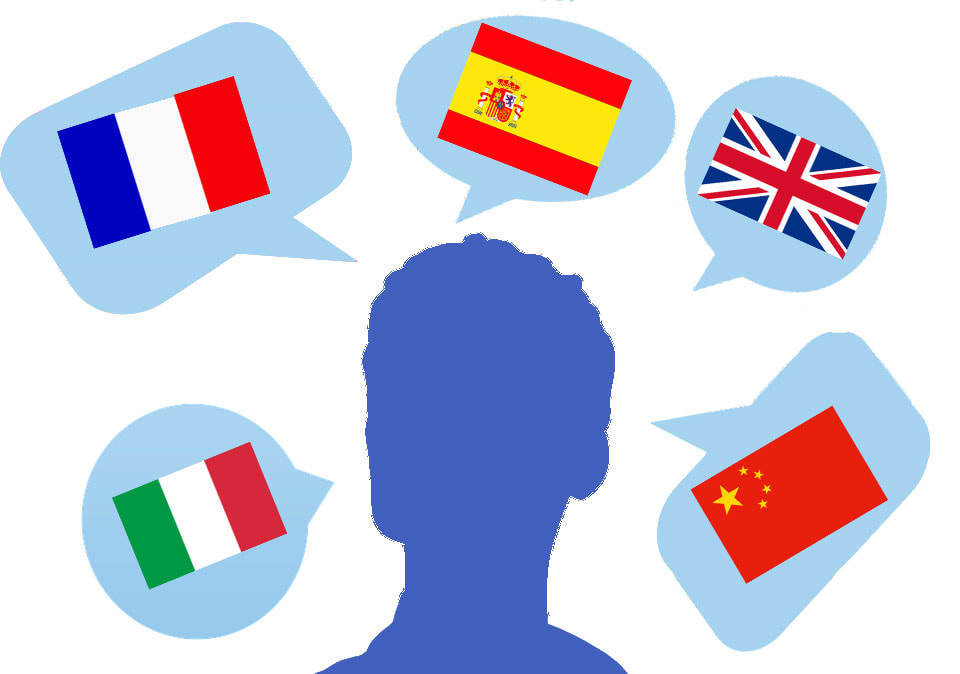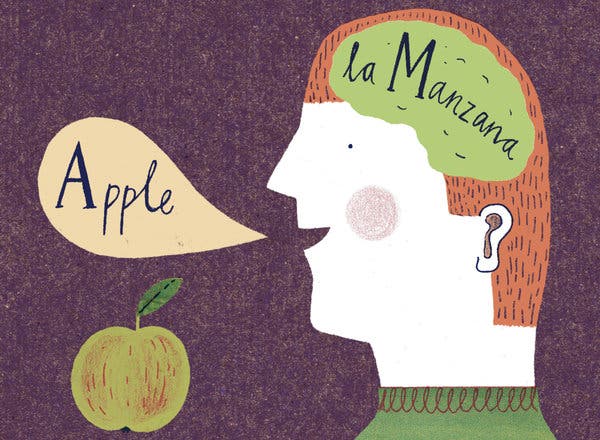By Panagiota Katsaveli,
From a very young age, beginning as early as existing in their mother’s womb children start familiarizing themselves with and acquiring the language of their environment, the different rules and words and mesmerizing undertones. Contrary to popular belief, the number of children who acquire more than one languages as their first language is drastically increasing and more children have start benefiting from this quality called bilingualism. Many assumptions, myths and truths often accompany this impressive achievement, so it feels only appropriate to revisit them in order to test their truthfulness and discover the different hidden aspects of bilingualism.
When talking about bilingualism, one has to keep in mind that it does not constitute a uniform phenomenon, rather it can be divided into different categories depending on the time as well as purpose of acquisition. To be specific, learners can be characterized as either simultaneous or successive bilinguals. In simultaneous bilingualism, children acquire more than one languages from birth or at very early stages in their lifetime. The other group, successive bilinguals, consists of individuals who acquire a second language after they have made progress in their first one; this situation can occur both in early childhood and later stages of human life, like adolescence and adulthood. Moreover, a different distinction is made between additive and subtractive bilingualism. The former term refers to the acquisition of both languages in a balanced manner or acquiring the second language while maintaining the first one and this type is often considered the good, desirable one. The latter describes the process of acquiring another language at the expense of the first one, mainly including cases where the first one has not fully developed, and this is characterized as the bad type, the one that should be avoided because of its negative consequences. Similar to bilingualism, multilingualism describes the state of acquiring knowledge of multiple languages.
The subject of bilingualism has been surrounded by many controversial opinions regarding its benefits and drawbacks. Even today, there is a great deal of myths accompanying this ability of certain speakers. First and foremost, it is a common belief that the percentage of the bilingual population globally is incredibly low, but this is not the case since the bilingual community is growing as the years go by and more people are adopting multiple methods in learning different languages worldwide- in fact the majority of the planet’s children are bilingual. In addition, the view that concurrent acquisition of many languages will inevitably result to a slower rate of acquisition is still prevalent. This view was mainly supported in the 20th century. Ever since then, extensive research in the field has debunked its validity. People commonly assume that bilingual children are confused or do not acquire any language to a higher level, when the reality is that many simultaneous bilinguals achieve high levels of proficiency in both languages as well as that bilingualism is associated with greater success in the academic field. Bilinguals have the ability to distinguish between languages from a very early stage in their lives, even before they utter words, and their language acquisition process consists of the same stages and milestones as that of monolingual children.

As many of you have probably already realized, bilingualism offers a variety of benefits to speakers, which as scientists have concluded are more indispensable than the mere ability to communicate with a wider range of individuals. Like it has been mentioned before, it can assist academic performance and result in greater success in academic matters. Bilingualism has been proven to also have profound effects on the human brain, enhancing cognitive skills, ensuring faster stroke recovery and the prevention of dementia in old age. The handling of two languages and the interactions between them are a blessing in disguise; the brain is forced to deal effectively with it, so its cognitive abilities are strengthened in as much like as doing a workout, hence its mental performance is sharper. Bilinguals, generally, pay greater attention to the environment due to their frequent code changing and this habit is beneficial for their execution function which includes skills such as planning and problem-solving.
Apart from the existence of bilingual and multilingual individuals, the matter should also be viewed from a social perspective and emphasis should be placed on bilingual or multilingual communities around the world. This term refers to an environment in which two and more languages are used for communicative purposes or one where all its members qualify as bilinguals/multilinguals. Many countries globally recognize multiple languages as official ones- including Belgium, Switzerland, South Africa etc.- while monolingual countries, such as Germany and France, are comprised of large bilingual populations or have different regional dialects.

Lastly, since bilingualism has been proven to hold prodigious value, providing bilingual education to children is of major significance. Bilingual education does not simply mean studying and learning two different languages simultaneously as two distinct school subjects, but it refers to their incorporation in the teaching process. Students should be taught the terminology and extended material in subjects like math, history etc. in both linguistic backgrounds. Thus, children will be able to come in better contact with the languages and explore their different applications. In fact, some countries operate with this model of an educational system. The most well-known example of this sort would be Canada, which is generally a pioneer in language matters with both French and English as its official languages and a wide bilingual population.
All in all, bilingualism is an extremely salutary state which should nonetheless be treated with the outmost caution. Parents should make sure that they maintain a balance between languages for their children in order for them to acquire the languages successfully, in a peaceful manner. Only then will they be able to enjoy the ample leverages that bilingualism/multilingualism has to offer as well as the experiences offered by the acquisition of multiple languages. Let us not forget that languages help us examine life from different points of view, so the question is… why would not anyone want to become bilingual?
References
- NY times, The Benefits of Bilingualism. Available here.
- International School Parent, The Benefits of a Bilingual Education. Available here.
- Bilingualism- Types of Bilingualism. Available here.




